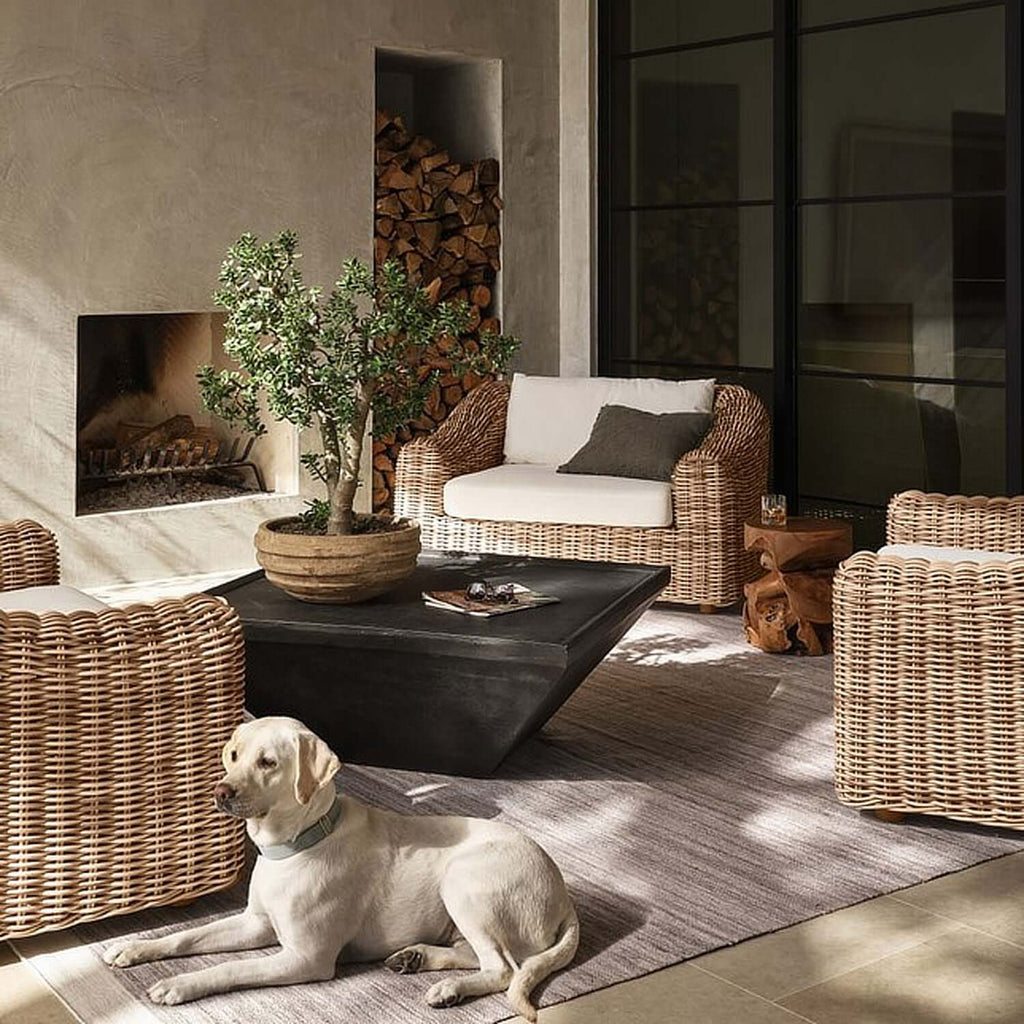What is Japandi Style? A Guide to the Design Trend Taking Over Interior Decor
So what is Japandi style?
Japandi is an interior design style that combines the best of Scandinavian simplicity and Japanese minimalism. This fusion style is quickly becoming a popular trend in interior decor. It offers a timeless, tranquil, and elegant aesthetic that many people find appealing.
The Origins of Japandi
Japandi was born out of a need for a design style incorporating the best of both worlds. The Scandinavian style is known for its simplicity, functionality, and use of natural materials. In contrast, the Japanese style is known for its minimalism, Zen philosophy, and attention to detail.
Japandi blends these two styles by incorporating the clean lines and minimalism of Japanese design with Scandinavian design's warmth, comfort, and natural elements. This combination creates a perfect balance that is both functional and stylish.
Key Features of Japandi
Japandi design is characterized by its minimalism, simplicity, and functionality. The following are some of the key features of this style:
Colour Palette
Japandi style features a neutral colour palette that includes shades of white, grey, beige, and black. The use of natural colours creates a calming and peaceful environment.
Materials
The materials used in Japandi design are natural, sustainable, and durable. Wood, bamboo, linen, cotton, and wool are commonly used in this style.
Forms and Shapes
The forms and shapes in Japandi design are simple, clean, and geometric. Straight lines, rectangular shapes, and minimalistic forms are commonly used.
Textures
Textures in Japandi design are subtle and soft. Natural materials such as wood, linen, and wool create a cosy and warm atmosphere.
Lighting
Lighting is an essential element of Japandi design. Soft, diffused lighting creates a relaxing and peaceful environment.
Japandi in Interior Decor
Japandi design is versatile and can be applied to various areas of interior decor, including furniture, lighting, textiles, and accessories. Here are some examples:
Furniture
Japandi furniture is simple, functional, and elegant. Furniture pieces are made of natural materials such as wood and have clean lines and minimalistic forms.
Lighting
Japandi lighting is soft, diffused, and creates a warm and cosy atmosphere. Paper lanterns, wooden lamps, and pendant lights are popular choices.
Textiles
Japandi textiles are made of natural materials such as cotton, linen, and wool. Textiles are used to add texture and warmth to the decor.
Accessories
Japandi accessories are simple and functional. Ceramics, wooden trays, and woven baskets are popular choices.
Japandi vs. Scandinese
Japandi often needs clarification with Scandinese, another design style that combines Scandinavian and Chinese design elements. While there are similarities between the two styles, they have some key differences.
Scandinese design incorporates more vibrant colours and ornate patterns, while Japandi design is more muted and focused on simplicity. Scandinese design also includes more curved lines and asymmetrical shapes. In contrast, Japandi design is characterized by clean lines and geometric shapes.
Frequently Asked Questions
Is Japandi a new design trend?
Japandi has been around for several years but has recently gained popularity.
Can Japandi be applied to any home?
Yes, Japandi design is versatile and can be applied to any home.
Is Japandi design expensive?
Japandi design is based on natural, sustainable materials, which can be more expensive than synthetic materials. However, it is possible to achieve a Japandi look on a budget.
Can Japandi be mixed with other design styles?
Yes, Japandi can be mixed with other design styles to create a unique and personalized look. However, ensuring that the design elements complement each other and do not clash is essential.
How can I incorporate Japandi design into my home?
To incorporate Japandi design into your home:
- Start by decluttering and simplifying your space.
- Choose natural materials such as wood, linen, and cotton for furniture, textiles, and accessories.
- Stick to a neutral colour palette with soft, muted colours.
- Use minimalistic forms and geometric shapes to create a cosy and peaceful atmosphere with soft lighting.
Conclusion
Japandi design is a fusion of Scandinavian simplicity and Japanese minimalism, creating a timeless and elegant aesthetic. With a focus on natural materials, clean lines, and a neutral colour palette, Japandi design offers a calming and peaceful atmosphere in any space. Whether you're looking to revamp your entire home or add a touch of Japandi to your decor, this design trend is an excellent choice for those who appreciate simplicity, functionality, and style.


